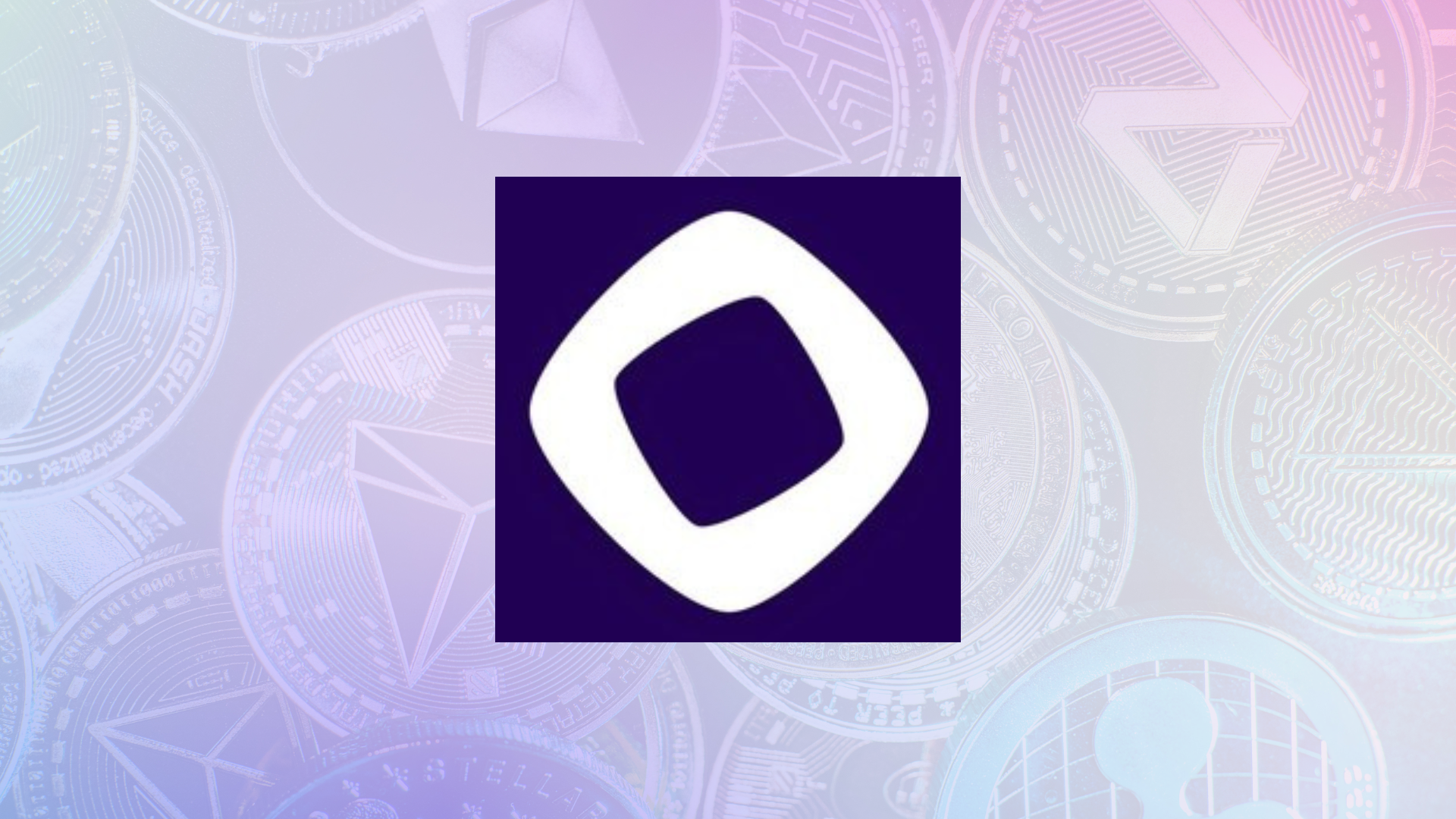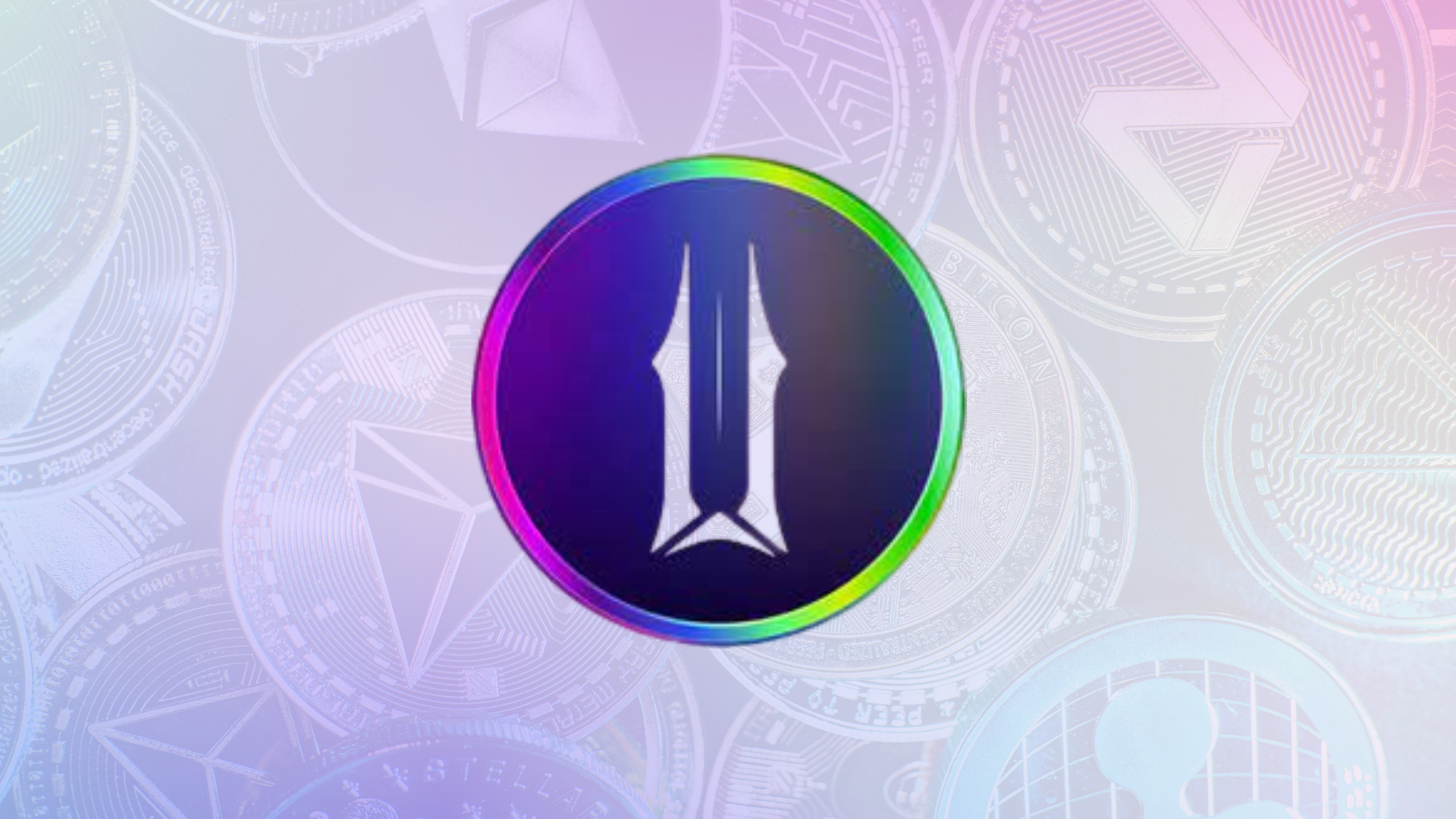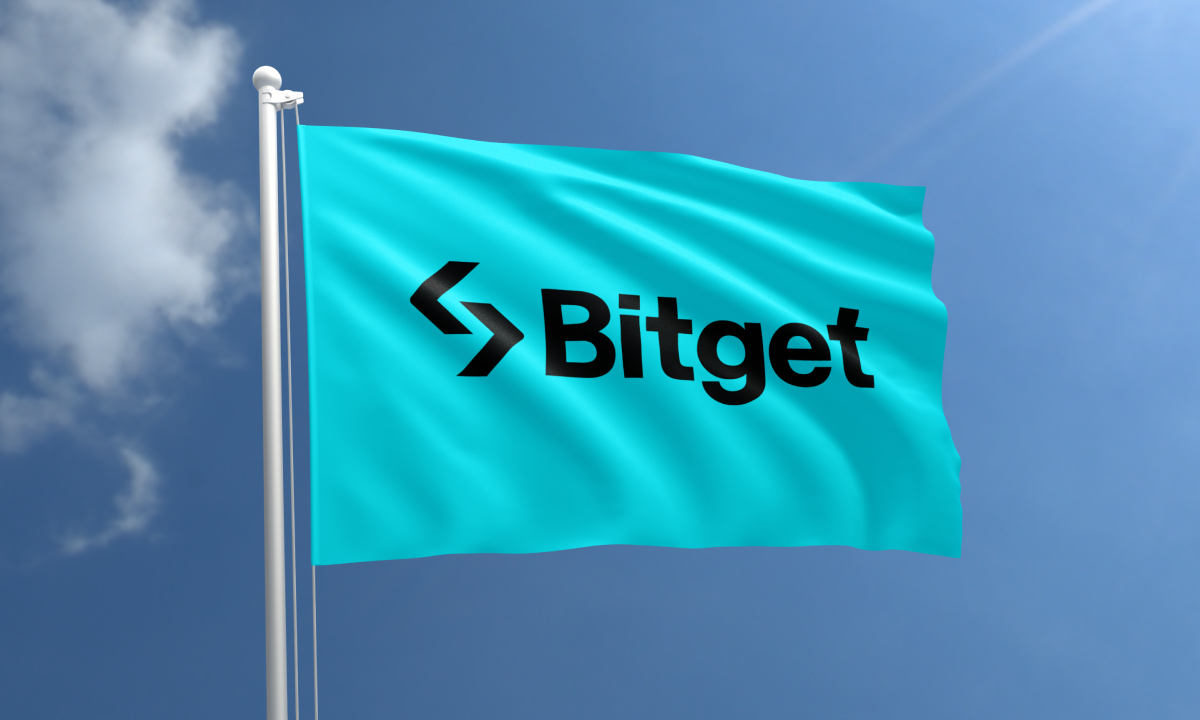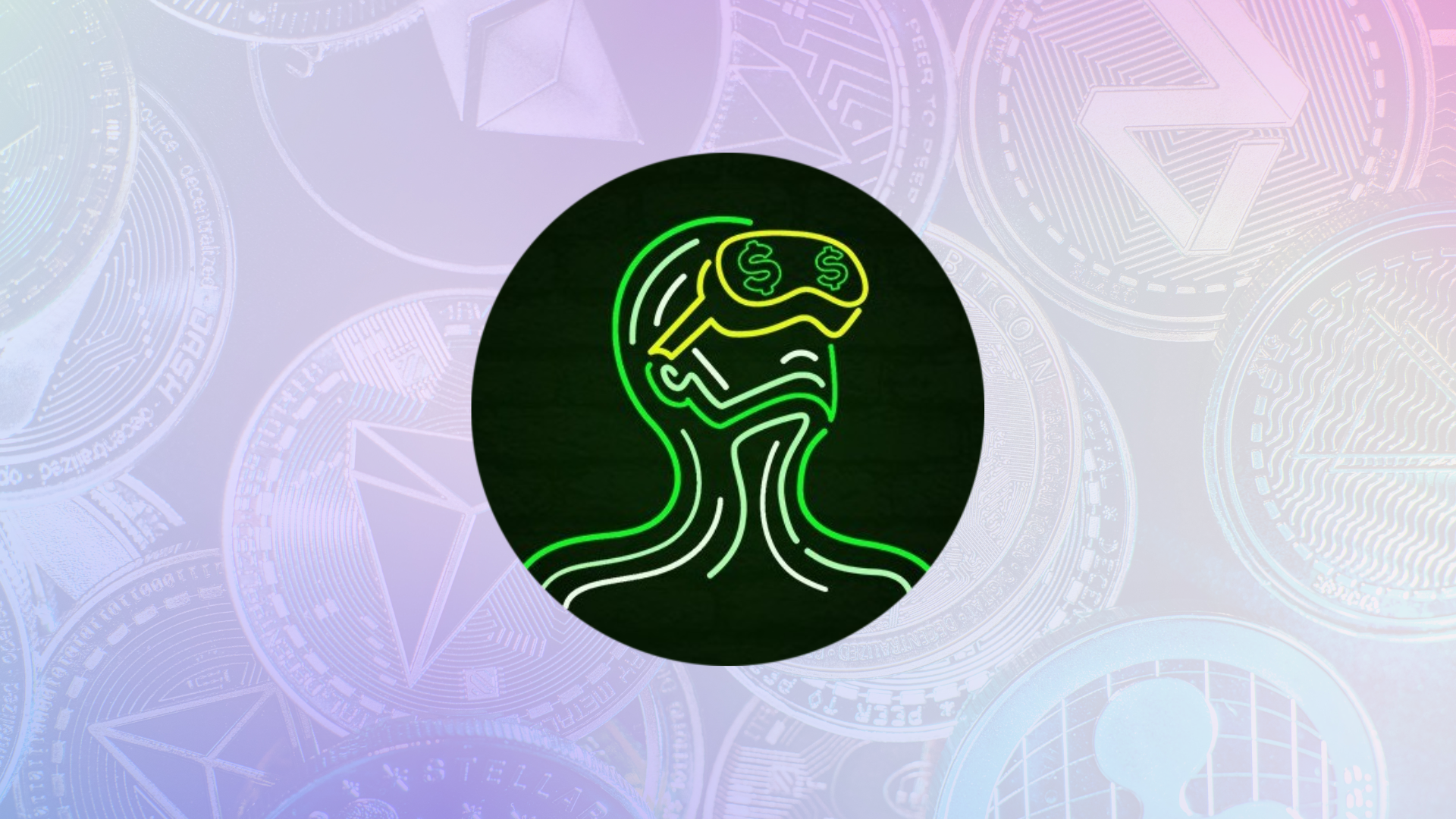At NFT Droppers, we provide the latest crypto news, in-depth project information, and comprehensive market insights. Launched in 2022, our platform covers new token launches, market trends, and detailed reviews of crypto and NFT projects. We offer reliable ratings based on 70+ evaluation factors, including tokenomics, roadmaps, and team authenticity. Whether you’re an investor or a crypto enthusiast, NFT Droppers keeps you informed with accurate, up-to-date information and expert analysis.
How To Sell Pi Coin (Pi Network Cryptocurrency): A Quick Guide
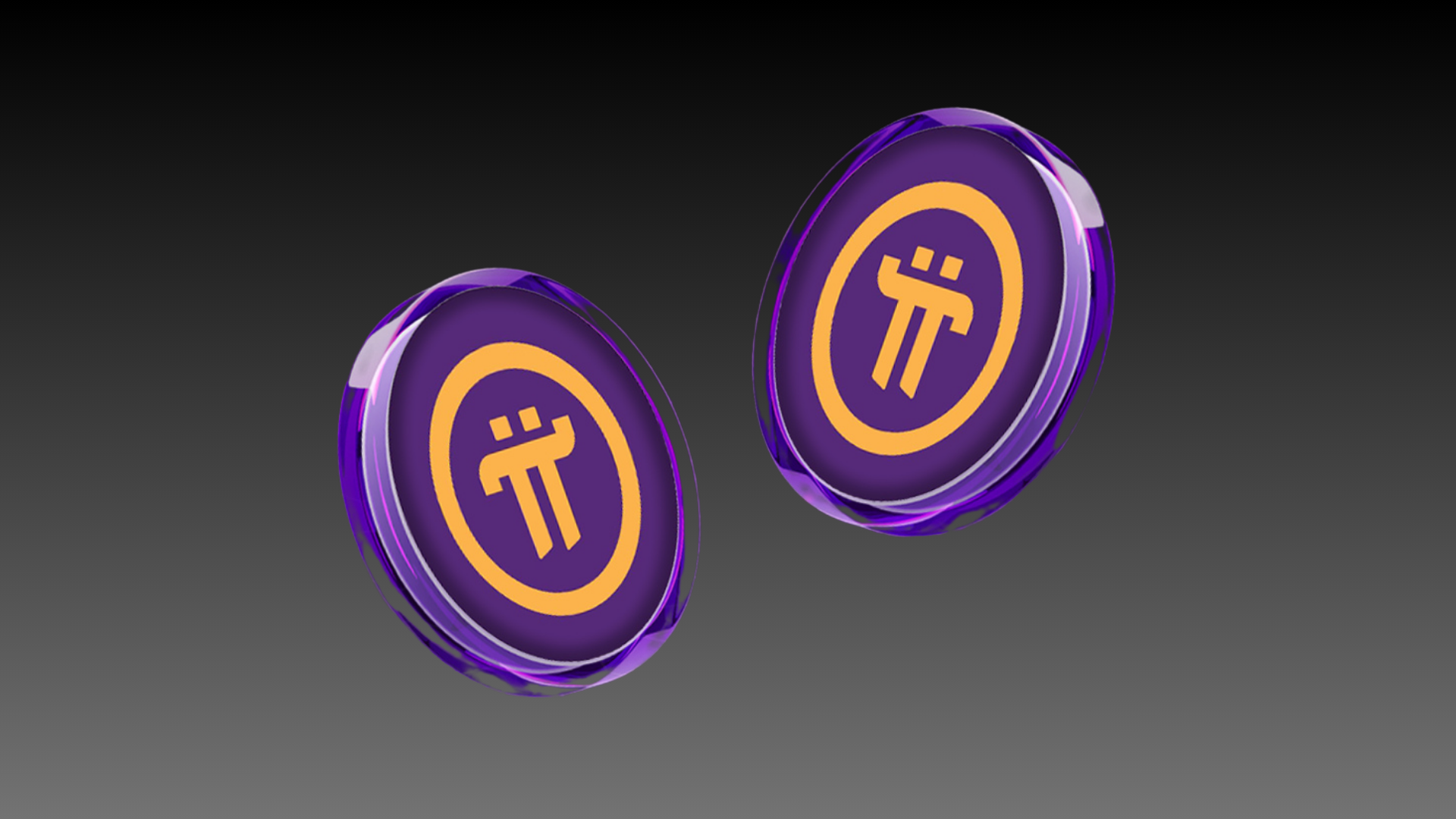
Table of Contents
Pi Coin, the native cryptocurrency of the Pi Network, has garnered significant attention due to its unique mobile mining approach and growing user base of over 70 million. With the anticipated Open Mainnet launch scheduled for February 20, 2025, many users are eager to understand how they can sell their Pi Coins once they become tradable on external exchanges. This quick guide provides a step-by-step process for selling Pi Coin, along with important considerations to ensure a smooth and secure experience.
Understanding the Current State of Pi Coin
Before diving into the selling process, it’s essential to understand Pi Network’s current status. As of February 16, 2025, Pi Network operates in an Enclosed Mainnet phase, meaning Pi Coins are not yet tradable on external exchanges. Transactions are limited to within the Pi ecosystem, such as peer-to-peer transfers or purchases within the Pi Browser’s marketplace. The upcoming Open Mainnet launch will enable trading on external cryptocurrency exchanges, provided Pi Network secures listings on platforms like Binance, ByBit, OKX, or others.
Until the Open Mainnet is live, any claims of selling Pi Coin on external platforms should be treated with caution, as they may be scams. Always verify official announcements from Pi Network’s team via their website (minepi.com) or the Pi app.
Step-by-Step Guide to Selling Pi Coin
Once Pi Coin becomes tradable on external exchanges, follow these steps to sell your holdings:
Step 1: Complete KYC Verification and Mainnet Migration
To sell Pi Coin, you must first ensure your account is fully verified and migrated to the mainnet. Here’s how:
- Complete KYC Verification: Pi Network requires users to complete Know Your Customer (KYC) verification to ensure compliance with regulatory standards. Open the Pi app, navigate to the KYC section, and submit the required identity documents (e.g., passport, driver’s license). Over 19 million users have completed this step as of early 2025.
- Migrate to Mainnet: After KYC approval, you need to migrate your Pi Coins to the mainnet wallet. This process locks in your mined coins and prepares them for external transactions. Follow the in-app prompts under the “Mainnet” section to complete migration. Note that only migrated coins will be tradable once the Open Mainnet launches.
Step 2: Set Up a Compatible Wallet
To sell Pi Coin, you’ll need a cryptocurrency wallet that supports Pi Network’s blockchain (based on the Stellar Consensus Protocol). The Pi Wallet, accessible via the Pi app, is the primary option. Here’s how to set it up:
- Access the Pi Wallet: Open the Pi app and navigate to the “Wallet” section. If you’ve migrated to the mainnet, your wallet will display your available Pi Coin balance.
- Secure Your Wallet: Record your wallet’s private key or seed phrase and store it securely offline. This is crucial for recovering your funds if you lose access to your device.
- Enable External Transfers: Once the Open Mainnet launches, ensure your wallet is configured to allow transfers to external exchanges. This may require updating the Pi app to the latest version.
Step 3: Choose a Cryptocurrency Exchange
To sell Pi Coin, you’ll need to transfer your coins to a cryptocurrency exchange that supports Pi trading. While no major exchanges have officially confirmed Pi Coin listings as of February 16, 2025, platforms like OKX, MEXC, and Bitget have listed Pi Coin in the past, and there is speculation about potential listings on Binance or ByBit post-Open Mainnet. Here’s how to select an exchange:
- Research Exchange Listings: Monitor official Pi Network announcements and check exchange websites for confirmation of Pi Coin trading pairs (e.g., PI/USDT, PI/BTC).
- Create an Exchange Account: Sign up for an account on your chosen exchange. Popular options include:
- Binance: Known for high liquidity and a wide range of trading pairs.
- ByBit: Focused on derivatives trading, potentially offering PI futures.
- OKX: Already listed Pi Coin in early 2025, making it a likely candidate.
- Complete Exchange KYC: Most exchanges require KYC verification to enable trading and withdrawals. Submit the necessary documents as prompted.
Step 4: Transfer Pi Coins to the Exchange
Once your exchange account is set up, transfer your Pi Coins from your Pi Wallet to the exchange’s deposit address. Follow these steps:
- Obtain a Deposit Address: Log in to your exchange account, navigate to the “Deposit” section, and select Pi Coin (PI). The exchange will generate a unique deposit address for your account.
- Initiate the Transfer: Open your Pi Wallet in the Pi app, select the “Send” option, and enter the exchange’s deposit address. Double-check the address to avoid errors, as cryptocurrency transactions are irreversible.
- Confirm the Transaction: Enter the amount of Pi Coins you wish to transfer and confirm the transaction. Depending on network congestion, the transfer may take a few minutes to reflect in your exchange account.
Step 5: Sell Pi Coins
With your Pi Coins deposited on the exchange, you can now sell them. Here’s how:
- Navigate to the Trading Section: Go to the exchange’s trading platform and search for the Pi Coin trading pair (e.g., PI/USDT).
- Choose Order Type:
- Market Order: Sell your Pi Coins instantly at the current market price. This is ideal for quick sales but may result in slippage during high volatility.
- Limit Order: Set a specific price at which you want to sell your Pi Coins. The order will execute only if the market reaches your target price, offering more control but potentially taking longer.
- Enter Sale Details: Specify the amount of Pi Coins you want to sell and confirm the order.
- Monitor the Trade: Once the sale is complete, the proceeds (e.g., USDT, BTC, or fiat currency) will appear in your exchange wallet.
Step 6: Withdraw Funds
After selling your Pi Coins, you can withdraw the proceeds to your bank account or another cryptocurrency wallet. Here’s how:
- Convert to Fiat (if needed): If you sold Pi Coins for a stablecoin like USDT, you may need to convert it to a fiat currency (e.g., USD, EUR) on the exchange.
- Initiate Withdrawal: Navigate to the “Withdraw” section, select your preferred withdrawal method (e.g., bank transfer, or crypto wallet), and enter the necessary details.
- Verify and Confirm: Some exchanges require additional verification for withdrawals, such as two-factor authentication (2FA) or email confirmation. Follow the prompts to complete the process.
- Wait for Processing: Fiat withdrawals may take 1–5 business days, while crypto withdrawals are typically faster, depending on the blockchain network.
Important Considerations When Selling Pi Coin
Selling Pi Coin involves several risks and considerations. Keep the following in mind to ensure a safe and profitable experience:
1. Timing the Market
Cryptocurrency prices are highly volatile, and Pi Coin is likely to experience significant price swings following its Open Mainnet launch, especially if listed on major exchanges. Consider the following:
- Post-Listing Volatility: New tokens often experience a “pump and dump” cycle, with prices surging immediately after listing and then correcting. Decide whether to sell during the initial hype or wait for more stability.
- Market Sentiment: Monitor news, social media, and community sentiment on platforms like X to gauge market trends. Positive developments, such as exchange listings or partnerships, could drive prices higher, while negative news could lead to declines.
2. Tax Implications
Selling Pi Coin may have tax consequences, depending on your country of residence. In the United States, for example, cryptocurrency sales are subject to capital gains tax. Keep records of your transactions, including the date, amount, and price of each sale, to accurately report gains or losses. Consult a tax professional for guidance specific to your situation.
3. Security Practices
Protect your funds and personal information by following best security practices:
- Enable 2FA: Use two-factor authentication on both your Pi Wallet and exchange accounts to prevent unauthorized access.
- Beware of Scams: Avoid unofficial platforms or individuals claiming to buy or sell Pi Coin before the Open Mainnet launch. Stick to verified exchanges and official Pi Network channels.
- Secure Your Private Keys: Never share your Pi Wallet’s private key or seed phrase with anyone, as this could result in the loss of your funds.
4. Exchange Fees
Exchanges charge fees for trading, deposits, and withdrawals, which can impact your profits. Compare fee structures across platforms to minimize costs. For example, Binance typically charges a 0.1% trading fee, while withdrawal fees vary by currency and method.
5. Regulatory Risks
The regulatory environment for cryptocurrencies is evolving, and Pi Network has faced scrutiny in some regions over concerns about its legitimacy. Ensure that selling Pi Coin complies with local laws, and be aware that regulatory changes could affect exchange listings or trading availability.
What If Pi Coin Isn’t Listed on Major Exchanges?
If Pi Coin is not listed on major exchanges like Binance or ByBit immediately after the Open Mainnet launch, you may need to use smaller exchanges like OKX, MEXC, or Bitget, which have shown interest in Pi Coin in the past. Alternatively, Pi Network’s ecosystem may offer peer-to-peer (P2P) trading options within the Pi Browser, allowing you to sell directly to other users. However, P2P trading carries higher risks, such as price manipulation or fraud, so proceed with caution.
Conclusion
Selling Pi Coin will become possible once the Pi Network’s Open Mainnet launches on February 20, 2025, and the coin is listed on external exchanges. By completing KYC verification, migrating to the mainnet, setting up a secure wallet, and choosing a reputable exchange, you can position yourself to sell your Pi Coins efficiently. However, the process involves risks, including market volatility, fees, and regulatory uncertainties, so it’s crucial to stay informed and exercise caution.
Monitor official Pi Network announcements and exchange listings closely, and consider consulting financial or tax professionals before making significant transactions. With the right preparation, you can navigate the process of selling Pi Coin and make informed decisions to maximize your returns.

Disclaimer: The information presented here may express the authors personal views and is based on prevailing market conditions. Please perform your own due diligence before investing in cryptocurrencies. Neither the author nor the publication holds responsibility for any financial losses sustained.
CRYPTO PAYMENT GATEWAY
 Crypto Cloud
Crypto CloudTOP EXCHANGES
BEST CRYPTO CASINO
BEST HARDWARE WALLET
 Tangem
Tangem
 Xyes Casino (Must Try)
Xyes Casino (Must Try) Stake.com
Stake.com Coins.Game Casino
Coins.Game Casino

